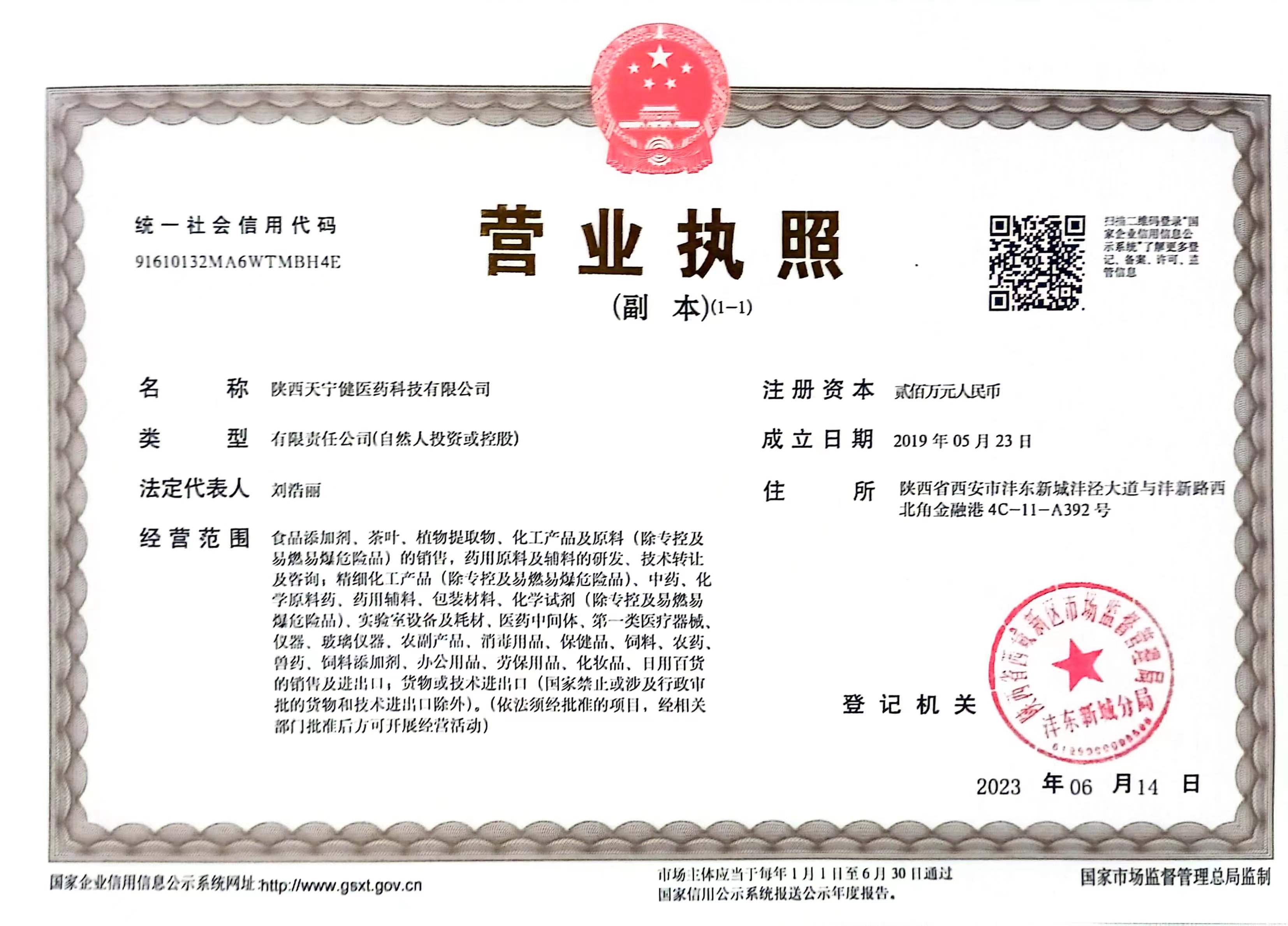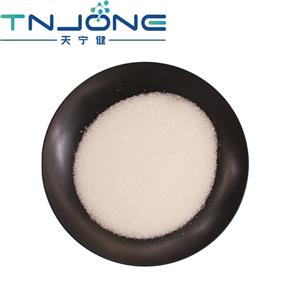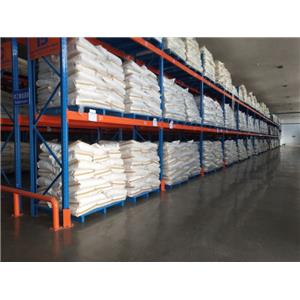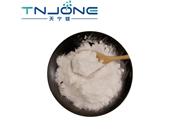Factory Provide Pramoxine HCl Powder CAS 637-58-1 Pramoxine Hydrochloride

Introduction
Product Name : Pramoxine Hydrochloride
Other name: 4-n-Butoxyphenylg-morpholinopropyletherhydrochlorideusp;Morpholine, 4-[3-(4-butoxyphenoxy)propyl]-, hydrochloride (1:1);Pramoxine Hcl
CAS No.:637-58-1
MF:C17H28ClNO3
MW:329.86
Appearance: White powder
Melting Point :181-183 °C(lit.)
Storage :Sealed in dry,Sealed in dry,Room Temperature
Pramoxine Hydrochloride Description 1
Pramoxine Hydrochloride is a topical anesthetic and used as an antipruritic too. Chemical name is p-n butoxyphenyl gammamorpholinopropyl ether hydrochloride. During research, Pramoxine Hydrochloride stood out among a series of alkoxy aryl alkamine ethers as an especially great topical local anesthetic agent. Pharmacologic study revealed Pramoxine Hydrochloride to be very potent and of low acute toxicity, well tolerated by most mucous membranes and of a low sensitizing index. Pramoxine Hydrochloride reduces the permeability of neuronal membranes to sodium ions, blocking initiation and conduction of nerve impulse. Depolarization and repolarization of excitable neural membranes is thus inhibited by Pramoxine Hydrochloride, leading to the numb sensation.
The high potency and low acute and sub-acute toxicity of Pramocaine have popularized its usage in over-the-counter itching creams and sunburn lotions. It may also be used in treating rectal irritations. The drug is sometimes administered in a spray or wipe form.
Pramocaine works by lowering the permeability of neuron membranes to sodium ions. This blocks the initiation and conduction of the nerve impulses that cause sensations of pain. The application of Pramocaine is usually prescribed 3-4 times daily. Although allergic reactions are uncommon, they may sometimes manifest in the form of dryness, burning, stinging, bleeding, hives, skin rash, itching and swelling. This medication should be stored in an airtight container out of reach of children.
Pramoxine description 2
Pramoxine is an anesthetic, or "numbing medicine." It works by interfering with pain signals sent from the nerves to the brain.
Pramoxine topical (for the skin) is used to treat pain or itching caused by insect bites, minor burns or scrapes, hemorrhoids, and minor skin rash, dryness, or itching. Pramoxine topical is also used to treat chapped lips, and pain or skin irritation caused by coming into contact with poison ivy, poison oak, or poison sumac.
Pramoxine topical may also be used for purposes not listed in this medication guide.
Use exactly as directed on the label, or as prescribed by your doctor. Do not use in larger or smaller amounts or for longer than recommended.
Get emergency medical help if you have any of these signs of an allergic reaction: hives; difficult breathing; swelling of your face, lips, tongue, or throat.
Less serious side effects are more likely, and you may have none at all.
You should not use this medication if you are allergic to pramoxine.
Ask a doctor or pharmacist if it is safe for you to take this medicine if you are allergic to any drugs or any other numbing medicines.
FDA pregnancy category C. It is not known whether pramoxine topical will harm an unborn baby. Do not use this medication without medical advice if you are pregnant.
It is not known whether pramoxine topical passes into breast milk or if it could harm a nursing baby. Do not use this medication without medical advice if you are breast-feeding a baby.
Application
Pramoxine hydrochloride is used in the treatment of minor skin disorders. It can relieve pain and pruritus as well as inflammation associated with minor burns and sunburns. Pramoxine is also used to relieve inflammation and pain from insect bites, poison ivy, poison oak, minor cuts and scratches.
Pramoxine hcl,Pramocaine (INN and BAN, also known as pramoxine or pramoxine HCI) is a topical anesthetic discovered at Abbott Laboratories in 1953 and used as an antipruritic. Chemically, it is p-n butoxyphenyl gammamorpholinopropyl ether hydrochloride. During research and development,pramoxine hydrochloride stood out among a series of alkoxy aryl alkamine ethers as an especially good topical local anesthetic agent.Pramoxine hcl,Pharmacologic study revealed it to be potent and of low acute and subacute toxicity, well tolerated by most mucous membranes and of a low sensitizing index in man. Like other local anesthetics,paramoxine decreases the permeability of neuronal membranes to sodium ions, blocking both initiation and conduction of nerve impulses. Depolarization and repolarization of excitable neural membranesis thus inhibited, leading to numbness.








 China
China



